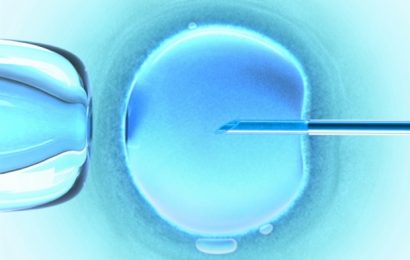Fibre from a relative of the banana tree could replace plastic in millions amid the coronavirus pandemic. Plastic used in face masks and hospital gowns the world-over has been found to be a major polluter in the fight against the coronavirus.
The World Economic Forum has found that “Coronavirus waste has become a new form of pollution as single-use personal protective equipment (PPE) floods our ocean. Covid-19 has had a number of unexpected impacts on the environment, curtailing recycling and increasing the use of plastic around the world.”
“The amount of plastic waste flowing into the ocean and killing marine life could triple in the next 20 years, unless companies and governments can drastically reduce plastic production. Single-use plastic consumption has increased during the coronavirus pandemic, according to the International Solid Waste Association, an NGO. Face masks and latex gloves are washing up daily on Asia’s remote beaches. Landfills worldwide are piled high with record amounts of takeaway food containers and online delivery packaging,” a report by Reuters said.
Abaca, a fibre from the Philippines used in teabags and banknotes, is as durable as polyester but will decompose within two months, said Philippine fibre agency head Kennedy Costales. “With this pandemic, if we all buy masks made of synthetic fibre, they will pile up in dumpsites because they take so long to decompose,” he said.
Single-use plastic
Global efforts to ban single-use plastics have retreated as nations prioritized hygiene over the environment for packaging and medical supplies, creating a bright spot for chemical companies such as LyondellBasell Industries NV and Trinseo SA. Sales of disposable face masks are set to rise more than 200-fold worldwide this year to $166 billion, according to a United Nations trade article, citing consultancy Grand View Research.
Companies have been reluctant to replace plastic with biodegradable alternatives because of concern about cost and whether the new materials are sufficiently strong and effective for medical use.
A preliminary study by the Philippine Department of Science and Technology showed abaca paper to be more water resistant than a commercial N-95 mask, and to have pore sizes within the U.S. Centers for Disease Control and Prevention’s recommended range to filter hazardous particles.
Costales said abaca demand could grow “exponentially” this year, with 10% of production going to medical uses, compared with less than 1% in 2019.
“Abaca fiber is rapidly gaining popularity as governments and manufacturers all around the world scamper to produce more reusable and safe medical garments for healthcare professionals,” said Pratik Gurnani, senior consultant at Future Market Insights.
What is Abaca Fibre?
Abaca, also known as Manila Hemp, is the major fibre produced in the Philippines. Unlike the other fibres, also being produced in other countries, abaca is native to the Philippines. The abaca plant (scientific name: Musa textilis), is a close relative of the banana plant.
Abaca fibre can go up to 3 metres in length and has high tensile strength. They were used for saltwater-resistant ship ropes and Manila envelopes in the 19th century. In the present day, these fibres are pulped and processed into tea bags, sausage casing, cigarette paper and high-quality writing paper. Harvesting abaca is very labour-intensive as each stalk must be cut into strips, and then scraped to remove the pulp.
Up to 30% of Japan’s banknotes are made of it and abaca yarn has been used in Mercedes-Benz cars.
The Philippines is the world’s largest producer, supplying 85% of the fiber in 2017, according to the latest data from the United Nations Food and Agriculture Organization. Global production is projected to be worth $100 million this year, Gurnani said.
Even though the plant fibre is more expensive to produce than plastic alternatives, manufacturers of protective health gear from China, India and Vietnam have placed new orders for the fibre over the past months, prompting Philippine fibre factories to double their output, said abaca exporter Firat Kabasakalli.
“People see this pandemic lasting for some time, so even small companies are trying to make protective equipment, which require our fibre,” said Kabasakalli, general manager of Dragon Vision Trading. “We are getting a lot of inquiries from new clients abroad.”
Missed Opportunity
One company in southern Philippines which makes greeting cards and paper from the fibre for export to the U.S. and Europe has shifted to making masks.
“The awareness of consumers now is higher when it comes to taking care of the environment,” said Neil Francis Rafisura, general manager of Salay Handmade Products Industries Inc. “There are people who will pay a premium for environmentally friendly products.”
Abaca production can’t keep up with demand, according to Costales. While he estimates growers will increase output to 74,000 metric tons this year, that’s not enough to meet even last year’s supply deficit of about 125,000 tons, he said. Part of the reason is that farmers in the Philippines lack government subsidies to raise output.
“Abaca is like precious gold for the Philippines, but it’s been often overlooked because the government prioritizes crops that feed people,” Costales said. “This is a missed opportunity for us.”
— with inputs from Bloomberg
Follow more stories on Facebook and Twitter
Source: Read Full Article


